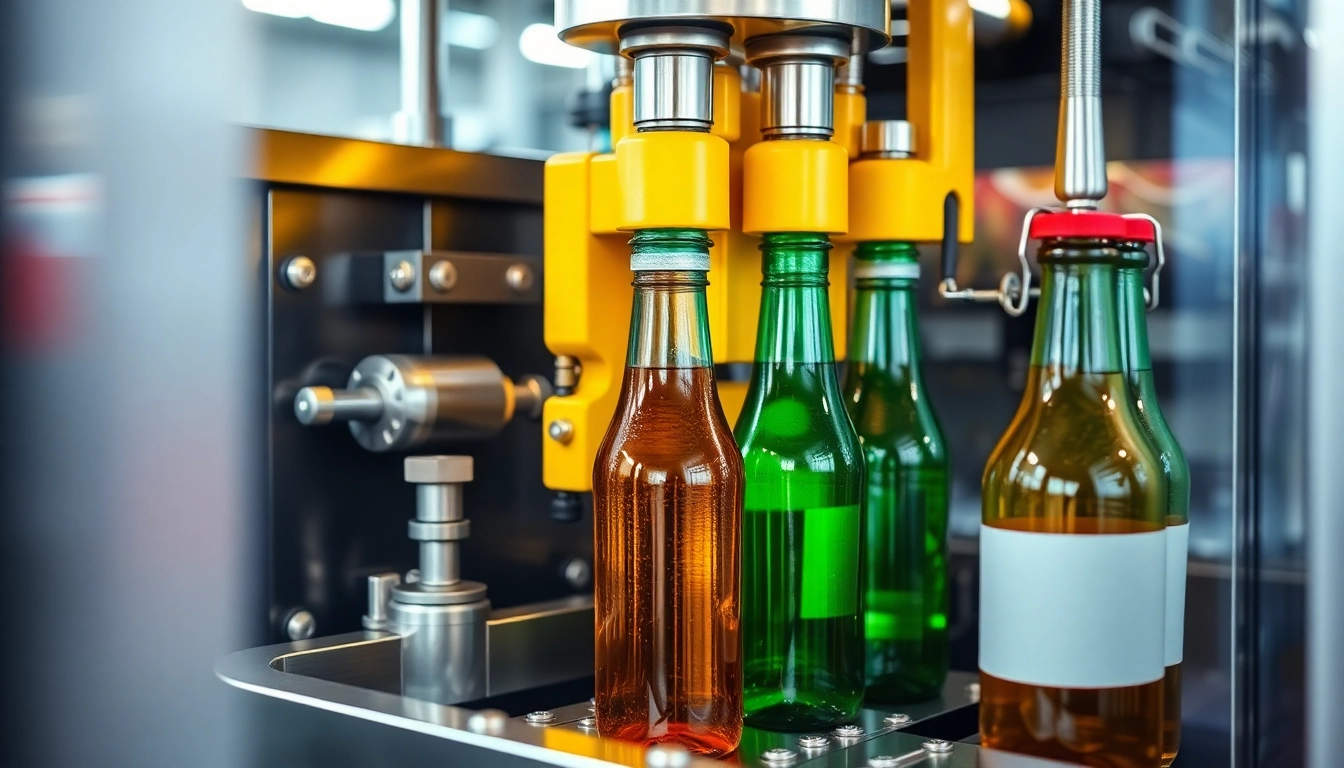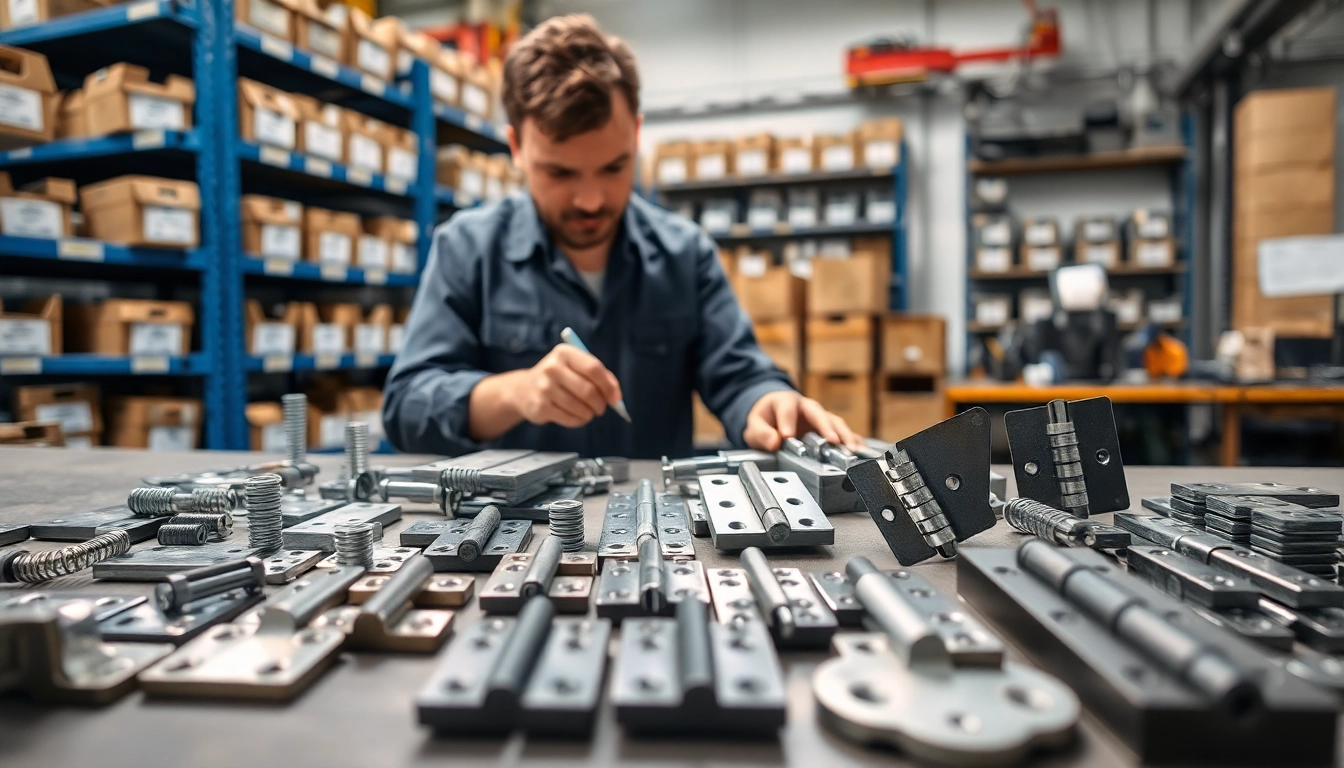1. Understanding Filling Machines
Filling machines play a crucial role in various industries, automating the process of filling containers with liquids, powders, and granules. These machines are vital in streamlining production lines, reducing human labor, and enhancing operational efficiency. By exploring the diverse types of filling machines, their applications, and basic operating principles, businesses can make informed decisions when considering filling machine manufacturers for their production needs.
A. Types of Filling Machines
Understanding the types of filling machines is essential for choosing the right equipment for specific applications. Here are the main categories:
- Volumetric Filling Machines: These machines fill containers based on a predetermined volume. They can handle a range of products from liquids to granules.
- Piston Filling Machines: Using a piston mechanism, these machines are ideal for viscous products such as creams and pastes. They ensure precise dosing and are often equipped with adjustable speeds.
- Gravity Filling Machines: Gravity fillers utilize the force of gravity to dispense products into containers. They are efficient for low-viscosity liquids like water or oil.
- Pressure Filling Machines: In applications where foaming is a concern, pressure filling machines gently push liquids into containers, minimizing air entrapment.
- Auger Filling Machines: Designed for powders and granules, auger fillers use a rotating auger to ensure accurate filling of dry products.
B. Key Applications in Industries
Filling machines are employed across various industries, each with its unique needs:
- Food and Beverage: From juice and sauces to dry snacks, filling machines ensure hygiene and efficiency.
- Pharmaceutical: Precise filling is critical in pharmaceuticals, where volume accuracy can affect product efficacy.
- Cosmetics: Creams, lotions, and serums require filling machines that can handle viscous and sensitive formulations.
- Chemicals: Filling machines for chemicals must ensure safety and compliance with regulatory standards.
C. Basic Operating Principles
The basic operation of filling machines involves several key steps:
- Container Placement: Containers are positioned in the filling machine, either manually or automatically.
- Filling Cycle Initiation: The filling cycle begins based on a pre-set volume or weight of the product.
- Product Dispensing: Depending on the machine type, the product is dispensed into the container using the designated method (volumetric, pressure, etc.).
- Container Sealing: Post-filling, containers may be automatically sealed or capped.
2. Choosing the Right Manufacturer
Selecting a filling machine manufacturer is a crucial step that can significantly impact production efficiency and product quality. A comprehensive assessment will help identify the right partner for your needs.
A. Assessing Quality Standards
Quality assurance is paramount in the selection process. Here are key standards to observe:
- ISO Certification: Choose manufacturers certified to international quality standards, such as ISO 9001.
- Industry Compliance: Ensure their machines comply with industry-specific regulations, especially in pharmaceuticals and food safety.
- Durability and Performance Tests: Investigate the durability of components and the overall performance of the machinery in real-world applications.
B. Evaluating Production Capacity
Understanding the production capacity is vital before purchasing a filling machine. Consider the following factors:
- Throughput Rates: Assess how many containers can be filled per hour based on your production demands.
- Scalability: Investigate if the machine can accommodate growth—both in volume and product diversity.
- Changeover Times: Evaluate how quickly the machine can be adjusted to fill different products, as this affects overall efficiency.
C. Understanding Customer Support Services
Post-sale support is equally important as the quality of the product. Evaluate the following support services:
- Technical Support: Ensure the manufacturer provides robust technical assistance during installation and operation.
- Training Programs: Check if they offer training for your team to maximize the efficiency of the equipment.
- Maintenance and Spare Parts: Inquire about the availability of spare parts and whether they offer maintenance contracts to ensure operational uptime.
3. Innovations in Filling Technology
The filling machine industry is continuously evolving, driven by technological advancements that enhance efficiency and sustainability. Several key innovations are shaping the future of filling technology.
A. Trends in Automation
Automation is increasing in filling machine manufacturing, leading to:
- Integrated Systems: Modern filling machines often come as part of integrated systems that include labeling, capping, and packaging.
- Smart Technology: IoT-enabled machines provide data analytics for performance monitoring, predictive maintenance, and troubleshooting.
- Robotics: The use of robotics in packaging lines enhances precision and efficiency while reducing manual labor costs.
B. Eco-Friendly Solutions in Manufacturing
With sustainability becoming a focus in many industries, filling machine manufacturers are adopting eco-friendly practices:
- Multi-Function Machines: Machines that can handle multiple products reduce the need for different equipment and waste associated with production.
- Energy Efficiency: New designs prioritize energy-efficient operations, significantly lowering the carbon footprint of production.
- Recyclable Materials: Manufacturers are increasingly utilizing recyclable materials for machine components.
C. Integration with Other Packaging Systems
Modern filling machines are designed for seamless integration with other packaging systems, including:
- Labeling Systems: Automation in labeling allows for real-time adjustments based on production speed and product variations.
- End-of-Line Packaging: Filling machines can now be combined with packaging systems that wrap, box, or palletize finished products, streamlining the entire process.
- Quality Control Systems: Advanced systems incorporate real-time monitoring for ensuring the quality of filled products throughout the production line.
4. Challenges Faced by Filling Machine Manufacturers
Despite technological advancements, filling machine manufacturers face several challenges that can impede their growth and production capabilities. Recognizing these challenges allows for proactive strategies to overcome them.
A. Supply Chain Disruptions
Supply chain issues can severely impact production timelines. Key factors include:
- Material Shortages: The availability of crucial parts or materials can delay manufacturing processes and increase costs.
- Logistical Delays: Transportation bottlenecks can hinder timely delivery of machines, affecting customer relationships.
B. Meeting Regulatory Compliance
Regulatory requirements in different industries are constantly evolving, posing challenges such as:
- Complex Standards: Manufacturers need to continuously adapt machines to meet stringent industry regulations.
- Costs of Compliance: Keeping up with the compliance requirements often requires investment in additional training and technology.
C. Competition and Market Dynamics
The competitive landscape for filling machine manufacturers is expanding, which includes:
- Price Pressure: Increased competition results in aggressive pricing strategies, forcing manufacturers to improve efficiency.
- Innovation Race: Companies must continuously innovate to stay ahead of competitors and meet changing customer demands.
5. Future of Filling Machines
The future of filling machines is promising, driven by technological advancements and evolving market needs. Below are key trends likely to influence the industry.
A. Predictive Maintenance Technologies
Adopting predictive maintenance technologies will allow manufacturers to:
- Reduce Downtime: Utilizing IoT sensors helps monitor machine condition to prevent unexpected breakdowns.
- Optimize Maintenance Costs: By predicting when maintenance is needed, manufacturers can plan better and avoid costly repairs.
B. Advancements in Smart Manufacturing
Smart manufacturing integrations will enhance productivity and efficiency, including:
- Data Analytics: Leveraging big data will allow manufacturers to analyze performance metrics and optimize production processes.
- AI Integration: Artificial intelligence will play a role in quality control and predictive analytics, improving overall machine performance.
C. Market Growth Projections
As industries worldwide continue to grow, the demand for advanced filling machines is projected to increase, driven by:
- Emerging Markets: As developing countries industrialize, the demand for efficient filling machines will rise.
- Increased Demand for Automation: With the expansion of the e-commerce sector, businesses are investing in automated systems, including filling machines, to streamline operations.



